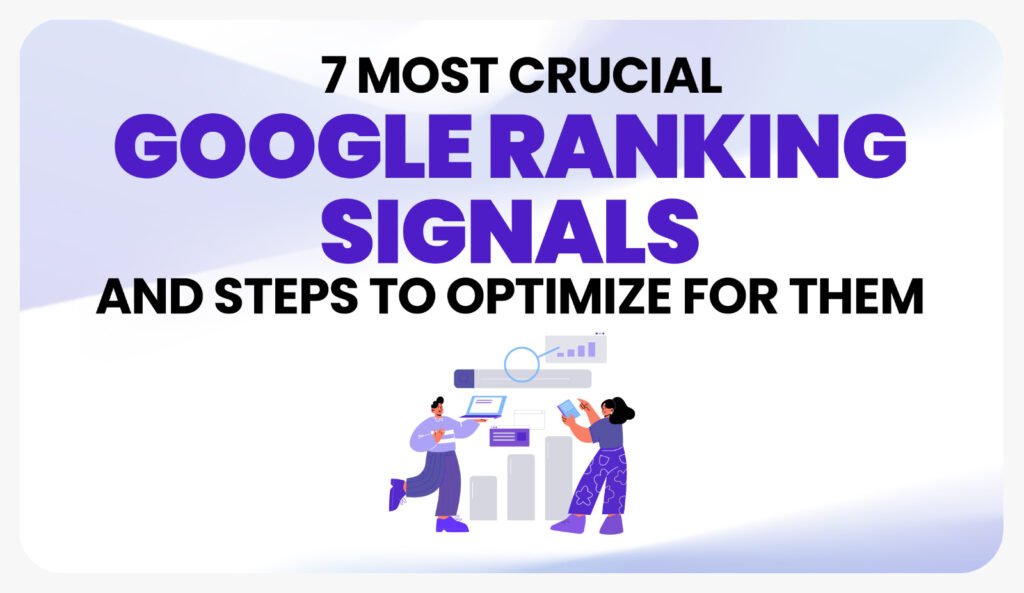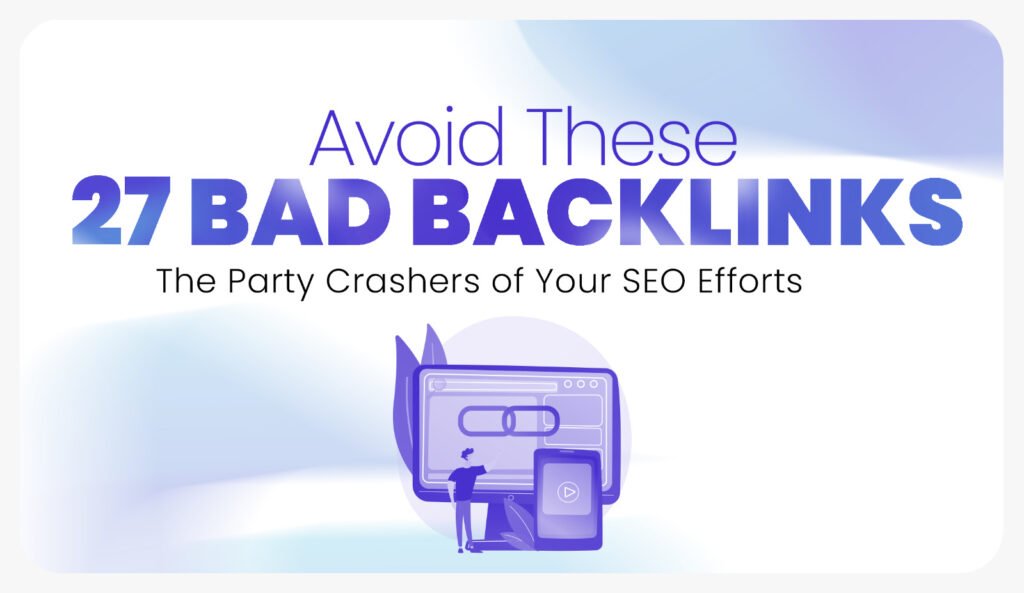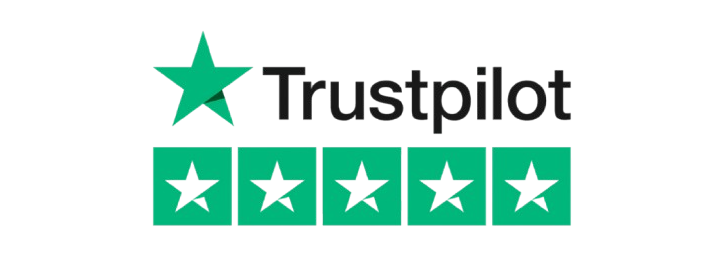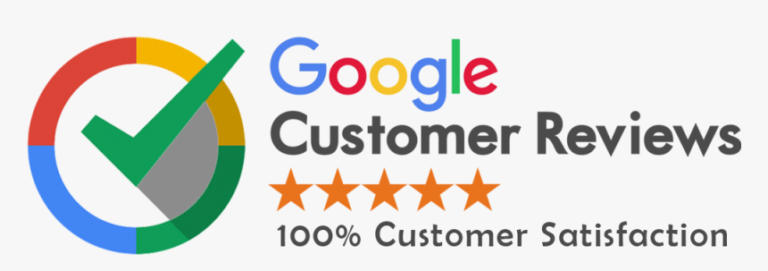It is important to focus on those factors that Google uses to rank websites for users by increasing your visibility online. Below is the detailed information on the seven most important ranking factors together with the tips on how to improve each of these factors.
Quality Content
Why It Matters: Namely, the reported searches applied by Google focus on the information that is useful, answers questions and interests users. Relevancy and authority are important components that determine the rankings; therefore content is highly valued.
How to Optimize:
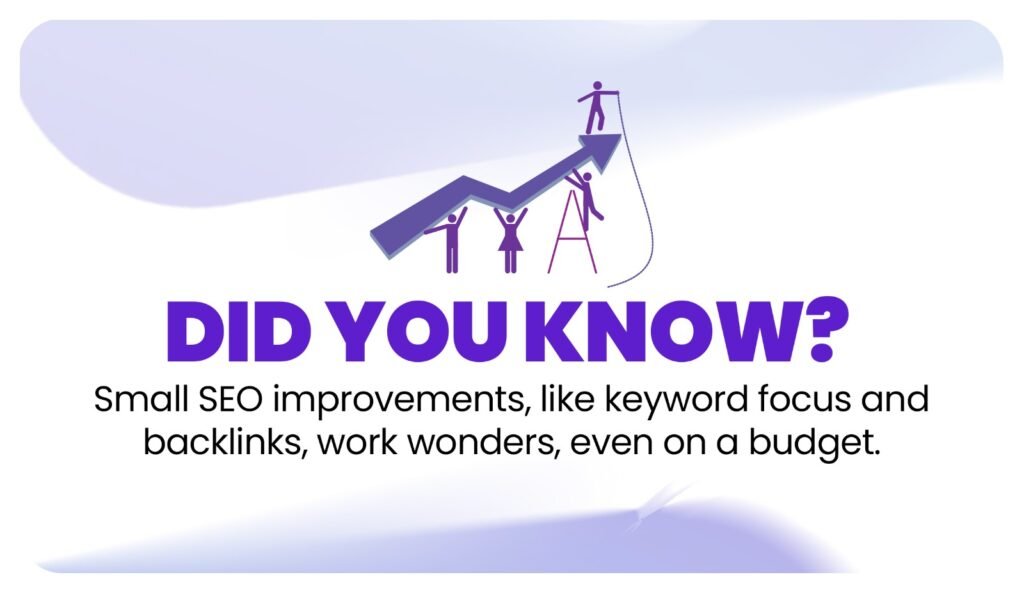
- Research: You can look for the keywords that your audience searches for by using tools for the keyword research.
- Optimize Content Length: Many in-depth articles rank higher but don’t make a piece overly long unless it is needed for the topic.
- Add Value: Ensure to incorporate aspects of statistics, infographic, case or example that are of value.
- Refresh Regularly: Update the content as it gets over some time it is no longer useful.
Mobile Friendliness
Why It Matters: Mobile-first indexing means that the Google search considers mostly the mobile version of a given site, in terms of ranking. That means that if your site is not conducive to use on mobile devices, then this could actually harm your ranking.
How to Optimize:
- Responsive Design: The design must be a responsive one to be compatible with desktop and handheld devices.
- Optimize Page Speed: Mobile speed problems can also be detected with Google PageSpeed Insights and improved consequently.
- Test on Multiple Devices: View your site as it is seen across different mobile platforms qualitatively as well as quantitatively.
- Eliminate Pop-ups: Steer clear of disruptive interstitials that impose interruption of the user experience.
Page Speed
Why It Matters: The time it takes to load a certain page affects the users, hence the reason why Google encourages page speed. Slow loads have high bounce offs and hence reduce the ranking of the site.
How to Optimize:
- Compress Images: Through tools such as TinyPNG or Optimizilla, one can compress images without necessitating the compression to affect the quality.
- Minimize HTTP Requests: Minimize the amount of time taken to load this page by using the CSS files and JavaScript files.
- Leverage Browser Caching: Enable caching of resources within the browser in order to help lessen page download time.
- Use a Content Delivery Network (CDN): Many times, a CDN can better deliver content because there are copies located at different geographic locations.
Secure and Accessible Website (HTTPS)
Why It Matters: Google prefers HTTPS because they provide more secure user experience than HTTP. Organic site access and maintenance of clean URL stands as an added benefit to make your site easy for search engine crawlers to crawl and index.
How to Optimize:
- Install SSL: To redirect your site from HTTP to HTTPs use a reliable SSL certificate.
- Create a Sitemap: Inform all search engines of your site’s existence and indexation by submitting an XML sitemap.
- Use Clean URLs: Write compact, meaningful URLs and do not use any symbols or signs including special ones.
- Fix Broken Links: Make it a habit for you to check for broken links within a website, and either repair them or change their link.
On-Page SEO (Title Tags, Meta Descriptions, Headers)
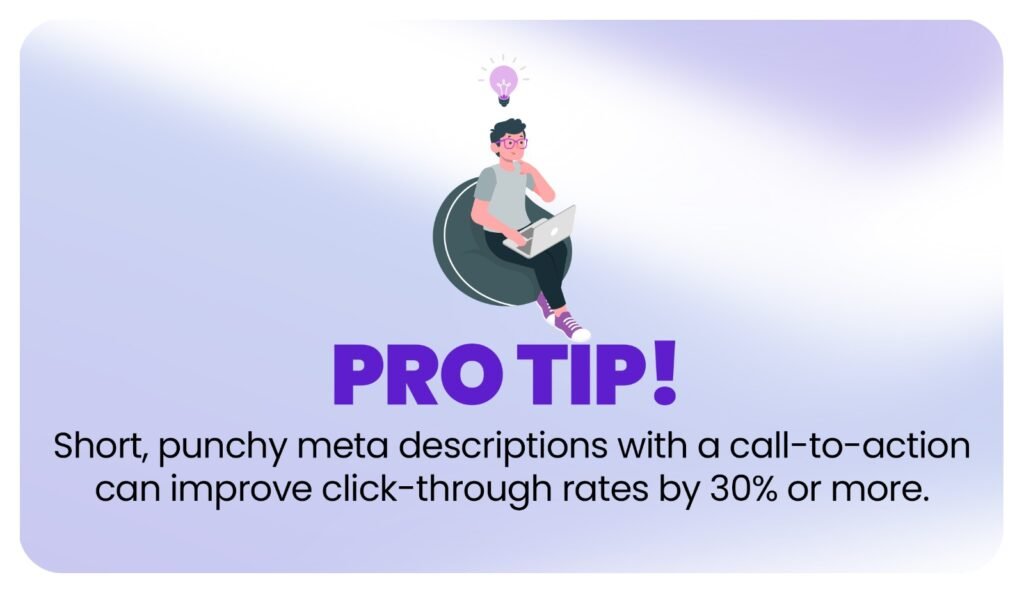
Why It Matters: On-page SEO can help search engines to understand the contents and themes of the specific single page. Titles, description, and headings (H1, H2 and etc) serve the purpose of structuring the content, enhancing its general readability and stating relevancy.
How to Optimize:
- Craft Compelling Titles: Optimize target keywords and always ensure that titles should not exceed 60 characters.
- Write Meta Descriptions: Briefly, rewrite the content using only 150-160 symbols and putting keywords into the text.
- Optimize Headers: Headers should make content easily scannable and the marked H1 and H2 tag fields should contain specific search terms.
- Add Alt Text for Images: Alt text is an excellent way of describing images to enhance the site’s accessibility while improving its search rankings.
User Experience (UX)
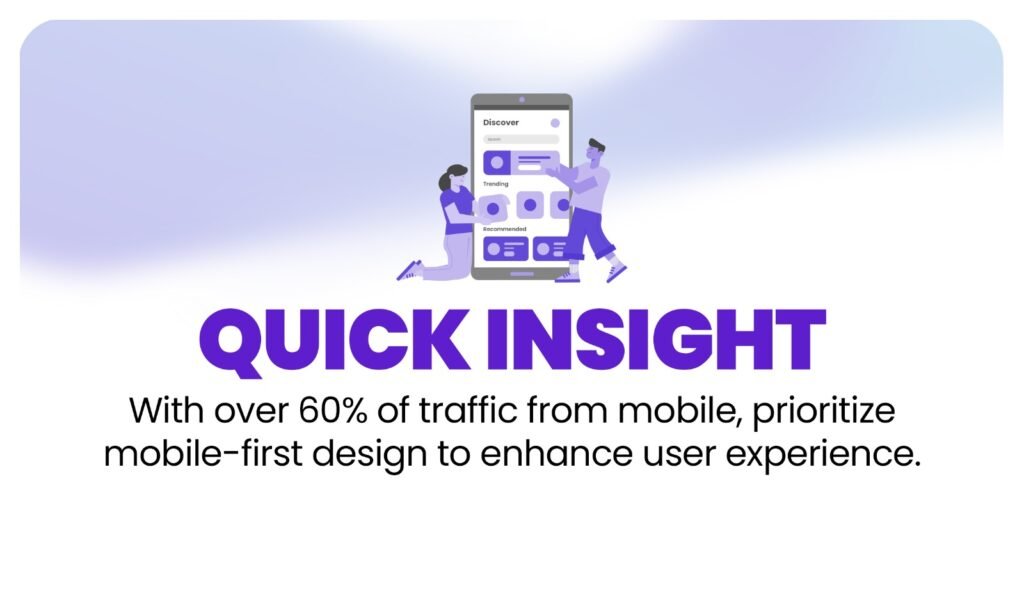
Why It Matters: In its analysis, Google uses parameters such as the bounce rate, the time spent on the page and the interactions as signs of a good usability of a site. The proper UX design maintains the audience’s attention, which is the sort of message Google wants to receive – that your site is worth their time.
How to Optimize:
- Improve Readability: Incorporate a lot of white space, more subheadings and bullet points, forms and images.
- Focus on Navigation: Avoid complications when making a selection since it becomes irritating when selecting items to order.
- Use Visuals: Use images, videos and infographics for improving your content.
- Monitor Dwell Time: The general method here is to create content that interests people and helps to answer their questions to increase the length of time spent on your site.
Backlinks and Authority
Why It Matters: Link popularity remains one of the most important of all the factors of a page. Links from other reliable sources share with Google that your content is reliable and it deserves to be on top of the list.
How to Optimize:
- Create Link-Worthy Content: Post articles or tutorials, please do not duplicate research others have already done, use original methods of finding info which would interest others to provide links.
- Guest Blogging: Create great content that should be published on popular websites of your area of specialization.
- Outreach and Networking: Create value with influencers, bloggers, and experts who might help by linking to your content.
- Check Your Link Profile: Monitor the backlinks you have often to check and disavow low quality ones that might impact your ranking.
Final Thoughts:
As such, the seven ranking signals discussed include the quality of content, mobile responsiveness, page speed and security, on page SEO, user experience, and backlinks are indeed foundational ground to the search engine rankings. It is a continuous process; therefore, frequently analyze your results, stay updated on Google’s changes and embrace new ways of optimizing to achieve better results.

